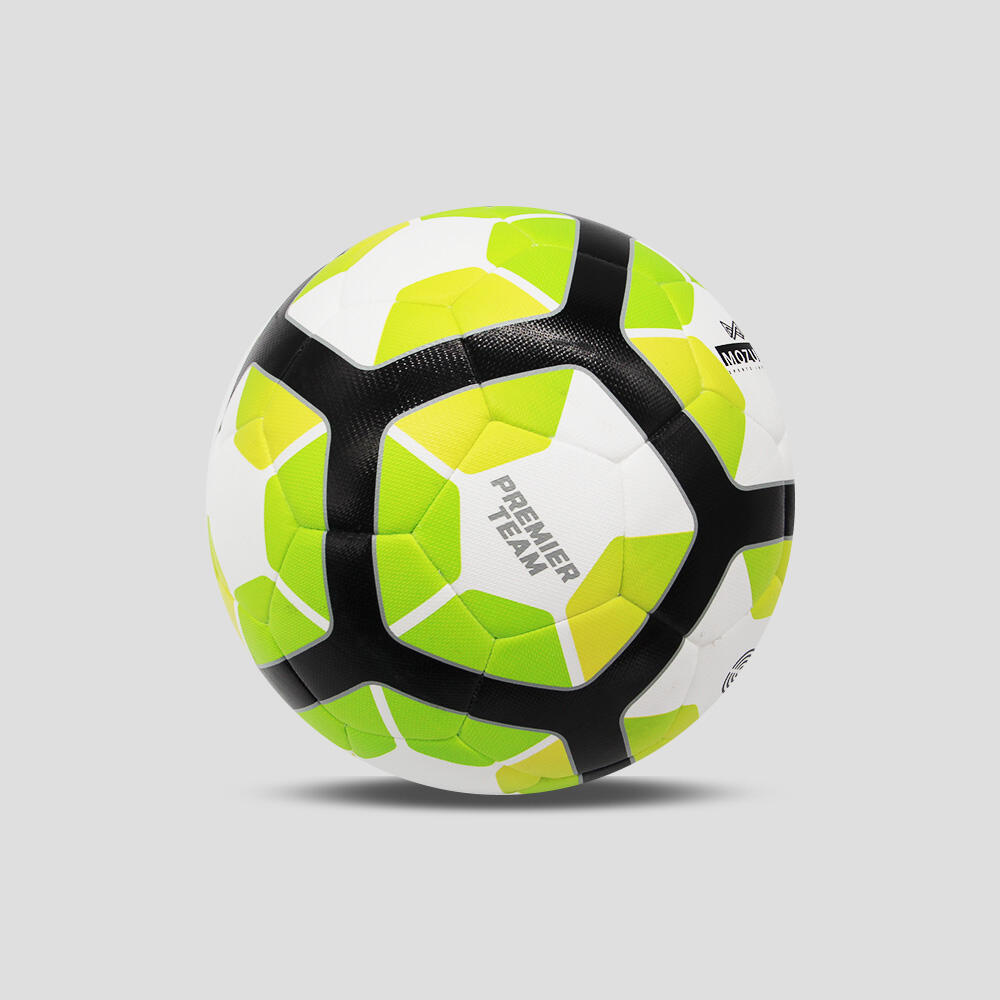Transforming the Beautiful Game: A Journey Through Soccer Ball Innovation
The humble soccer ball stands as perhaps the most iconic piece of sporting equipment in human history. From its primitive beginnings as an inflated animal bladder to today's high-tech masterpieces, the soccer ball has undergone a fascinating evolution that mirrors humanity's technological progress. This transformative journey has not only shaped how the beautiful game is played but has also influenced the very culture of the world's most popular sport.
Throughout history, the soccer ball has been continuously refined, with each iteration bringing new possibilities to the pitch. Modern players might take their perfectly spherical, water-resistant soccer ball for granted, but this marvel of engineering is the result of centuries of innovation, experimentation, and technological advancement.
Historical Development of Soccer Balls
Ancient Origins and Early Materials
The earliest forms of soccer balls were far from the sophisticated equipment we know today. Ancient civilizations used everything from stuffed leather pouches to human skulls for their ball games. In Medieval Europe, the soccer ball typically consisted of an inflated pig bladder wrapped in leather, though these were irregular in shape and prone to damage.
The use of animal bladders continued well into the 19th century, with the addition of leather coverings providing improved durability. However, these early soccer balls were still problematic - they absorbed water, became misshapen easily, and required frequent maintenance to remain playable.
The Victorian Era Revolution
The most significant early breakthrough in soccer ball design came in 1855 with Charles Goodyear's vulcanization process. This innovation allowed for the creation of rubber bladders, which proved far more reliable than their animal-based predecessors. The soccer ball began to take on a more standardized form, though the leather panels were still stitched by hand.
By the 1880s, the first official standards for soccer balls were established. The English Football Association mandated specific sizes and weights, leading to greater consistency in manufacturing and gameplay. This standardization helped establish the foundation for modern soccer ball design.
Modern Manufacturing Techniques
Synthetic Materials Revolution
The introduction of synthetic materials in the 1960s marked a pivotal moment in soccer ball evolution. Manufacturers began experimenting with artificial leather and waterproof coatings, addressing many of the limitations of traditional leather balls. The soccer ball became more durable, water-resistant, and maintained its shape better than ever before.
The advent of thermal bonding and machine stitching brought unprecedented precision to soccer ball manufacturing. These techniques allowed for more consistent ball behavior and improved aerodynamics, crucial factors in professional play.
Advanced Technology Integration
Today's soccer balls incorporate cutting-edge materials and design principles. High-end balls feature multiple layers of synthetic materials, each serving a specific purpose - from maintaining shape to optimizing air retention and improving touch sensitivity. Computer-aided design ensures perfect spherical shape and balanced weight distribution.
Some modern soccer balls even include embedded sensors that can track speed, spin, and trajectory. This technology provides valuable data for training and performance analysis, revolutionizing how players and coaches approach the game.
Impact on Professional Play
Performance Enhancement
Modern soccer ball technology has dramatically influenced how the game is played at the professional level. Players can now achieve greater ball speeds and more precise control, leading to more spectacular goals and innovative playing styles. The consistent behavior of modern balls has allowed players to perfect techniques that would have been impossible with earlier equipment.
The improved durability and weather resistance of contemporary soccer balls ensure consistent performance across all weather conditions, leading to better quality matches throughout the season. This reliability has become crucial for professional leagues and international tournaments.
Competition Standards
International governing bodies have established strict specifications for soccer balls used in professional competitions. These standards cover everything from size and weight to bounce height and water absorption. Major tournaments often feature specially designed balls that push the boundaries of innovation while maintaining these crucial standards.
Each World Cup introduces a new official match ball, showcasing the latest technological advancements. These balls often become collectors' items and influence the design of soccer balls at all levels of play.
Environmental Considerations and Future Trends
Sustainable Manufacturing
The soccer ball industry is increasingly focusing on environmental sustainability. Manufacturers are developing eco-friendly materials and production processes to reduce their environmental impact. This includes using recycled materials, implementing energy-efficient manufacturing methods, and designing balls with longer lifespans.
Some companies are experimenting with biodegradable materials and ethical production practices, responding to growing consumer demand for environmentally responsible sporting goods.
Future Innovations
The future of soccer ball design promises even more exciting developments. Research is ongoing into smart materials that can adapt to playing conditions, self-healing surfaces that extend ball life, and enhanced sensor technology for performance tracking.
Artificial intelligence and machine learning are being employed to optimize ball design, potentially leading to even more perfect aerodynamics and playing characteristics. These innovations could further revolutionize both professional and recreational play.
Frequently Asked Questions
How often should a soccer ball be replaced?
A quality soccer ball, when properly maintained, should last for about 1-2 years of regular use. However, this varies depending on usage frequency, playing surface, and storage conditions. Professional match balls are often replaced more frequently to ensure optimal performance.
What makes a soccer ball official match quality?
Official match balls must meet specific FIFA standards for size, weight, sphericity, water absorption, and rebound characteristics. They undergo rigorous testing and must maintain their properties under various playing conditions. These balls typically feature premium materials and construction methods.
How has ball technology affected scoring in professional soccer?
Modern soccer ball technology has contributed to increased shooting accuracy and ball speed, potentially leading to more spectacular goals. However, improvements in goalkeeper equipment and training have helped maintain the balance of the game. The primary impact has been on consistency and predictability of ball behavior.


